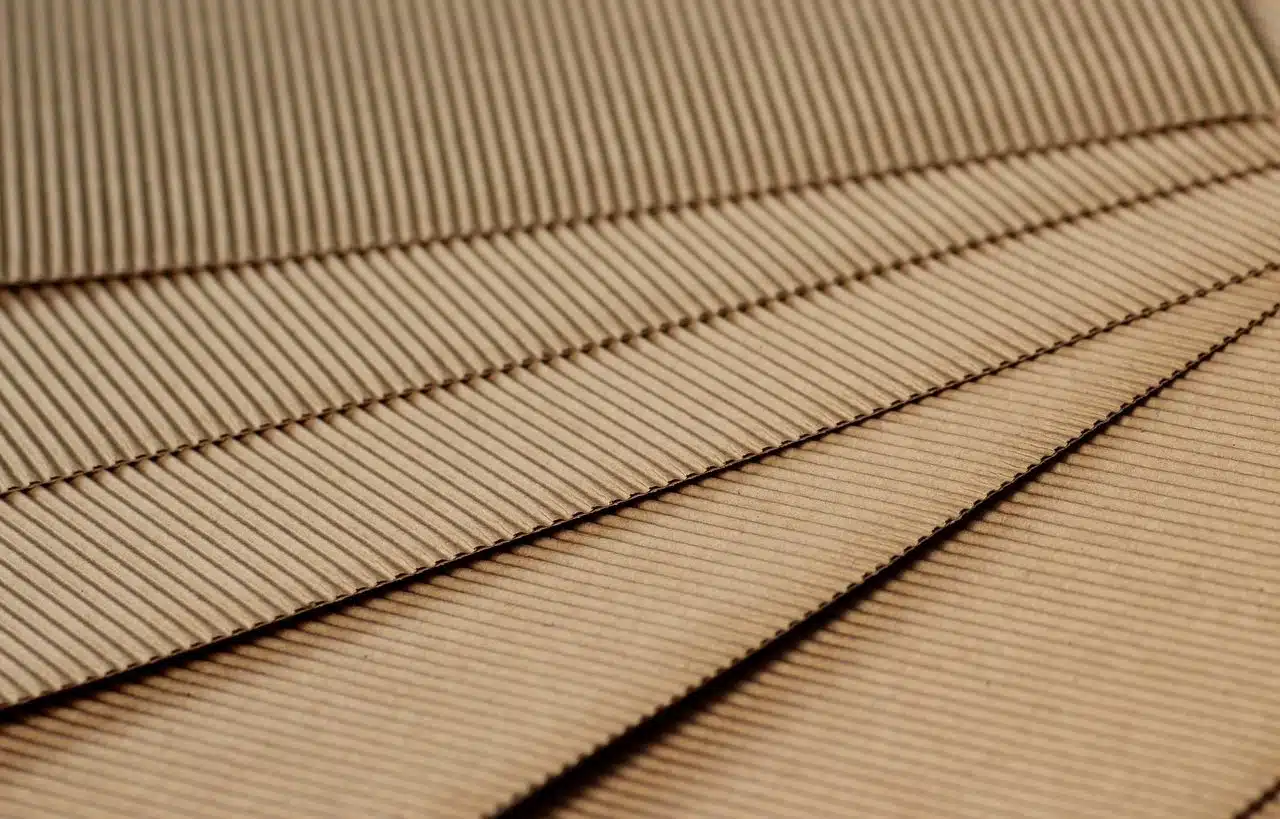
A sheet is a very thin plate.
A sheet is a plate or a very thin object, whose surface area is greater than its thickness . It is possible to find sheets of various materials, such as metal , cardboard or paper .
For example: “I have to take a sheet of family photos to school,” “We need several sheets of aluminum to finish building the shed,” “The cake had, on its top, a thin sheet of chocolate.”
Various uses of the term sheet
In the field of engineering and construction , the sheet is a structural element made with a deformable solid , which allows it to work in flexion . They differ from plates in that they are flat, while sheets are curved in three-dimensional space.
A plate, in another sense, is a drawing or print that is obtained through engraving. By extension, the total figure of a person or an animal is known as a sheet. The pictures, in this case, are frequent in school.
For geology , a sheet or mantle is a tabular mass of igneous rock that is located parallel to the rock strata in the area. Botany , on the other hand, uses the notion of blade to refer to the widest part of the leaves and petals.
The structure found under the cap of a mushroom; the set of networks that provide mechanical support to the nucleus of a cell; a portion of the proteins; a group of musical instruments; and the thin, flat part of the bones, membranes , tissues and cartilages of organic beings are also called the lamina .

The idea of a sheet is used in the field of botany.
filament network
The nuclear lamina is known as an intermingled network of intermediate filaments, with a thickness ranging from 15 to 80 nm and which are composed of laminas A, B and C that are found around the nuclear hyaloplasm (semi-liquid internal medium). of the cell nucleus, where the chromatin and nucleoli are immersed). Lamins are the proteins on which the composition of the nuclear lamina is based.
The nuclear envelope benefits from the stability provided by the lamina, which also intervenes in the three-dimensional organization of the nucleus at rest (also called interphase, it is the structure that the nucleus presents while the cell does not divide), through its interaction with chromatin.
Each type of lamina (A, B and C, as mentioned in the first paragraph) is coded by three different genes . The synthesis of type A and C takes place starting from the same gene, called LMNA; It occurs through alternative processing and from this four subtypes emerge, which are A, A(Δ)10, C1 and C2. Those of type B, for their part, are encoded by two genes: LMNB1 and LMNB2, lamins of subtype B1 and subtypes B2 and B3, respectively.
In all cases, the lamins show a globular domain at the N-terminus and at the C-terminus; Through the latter, type A and B join a molecule called farnesyl that makes it possible to anchor the sheets to the inner nuclear membrane. Thanks to this bond, dimers can be formed and, later, tetramers, protofilaments, filaments and, finally, the reticulum of the nuclear lamina itself.
Rare diseases of the nuclear lamina that have in common erroneous forms of genetic coding of the laminae are called laminopathies . These are disorders that involve various functions and tissues, such as the striated muscle, bone, adipose, and nervous system. Some of the most well-known laminopathies are Hutchinson-Gildford Progeria syndrome and Emery-Dreifuss muscular dystrophy.
